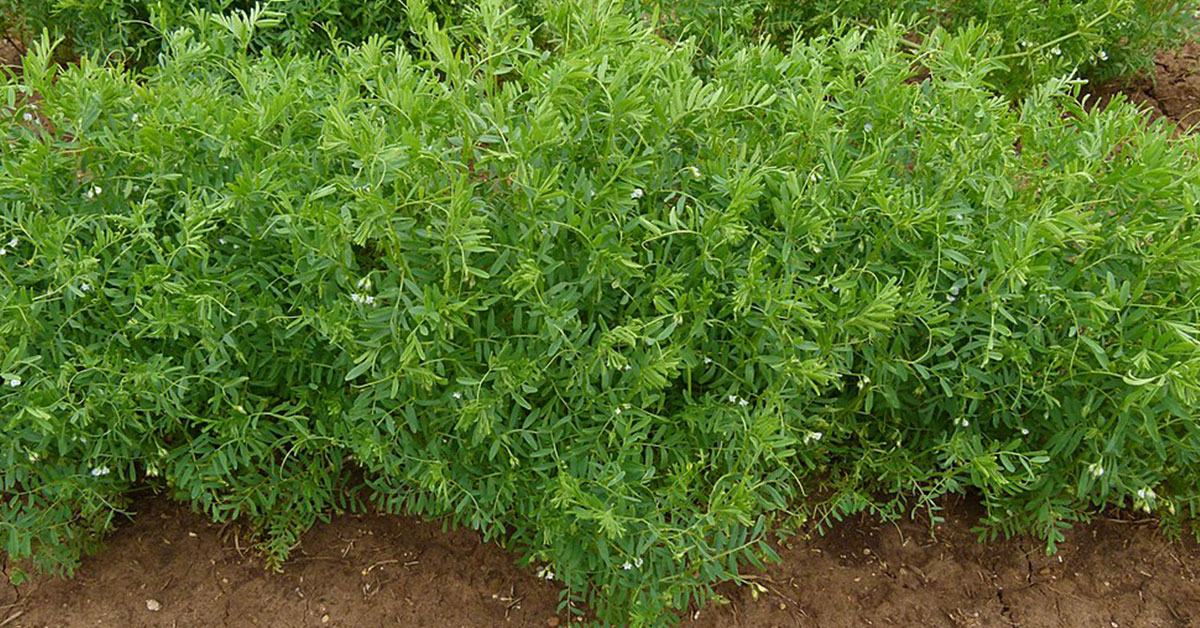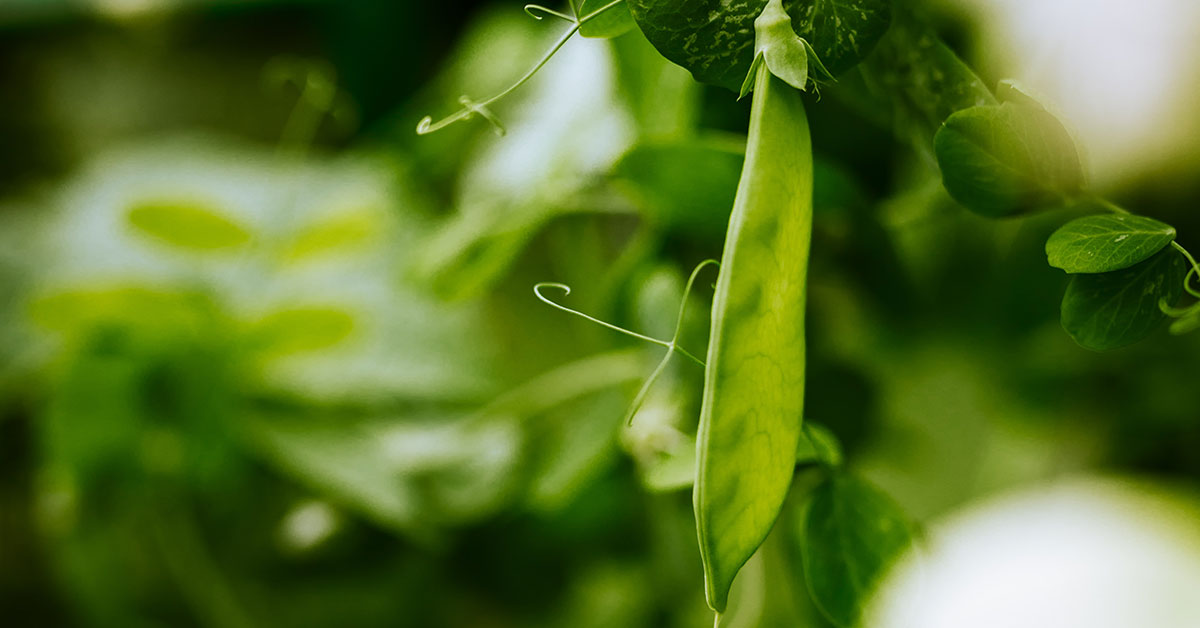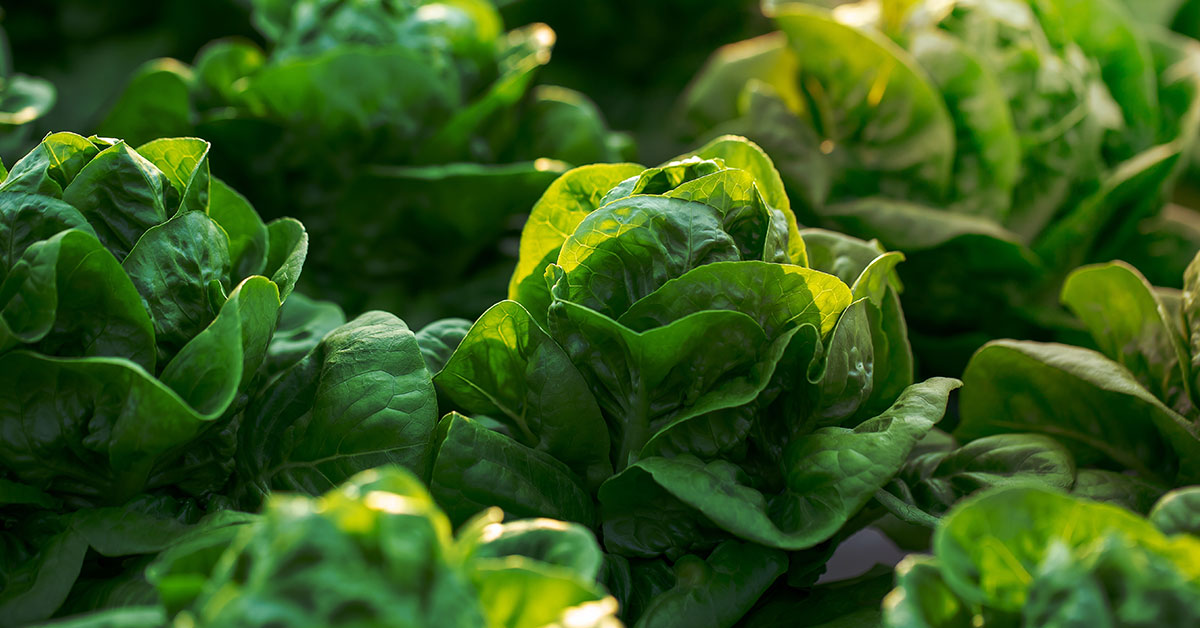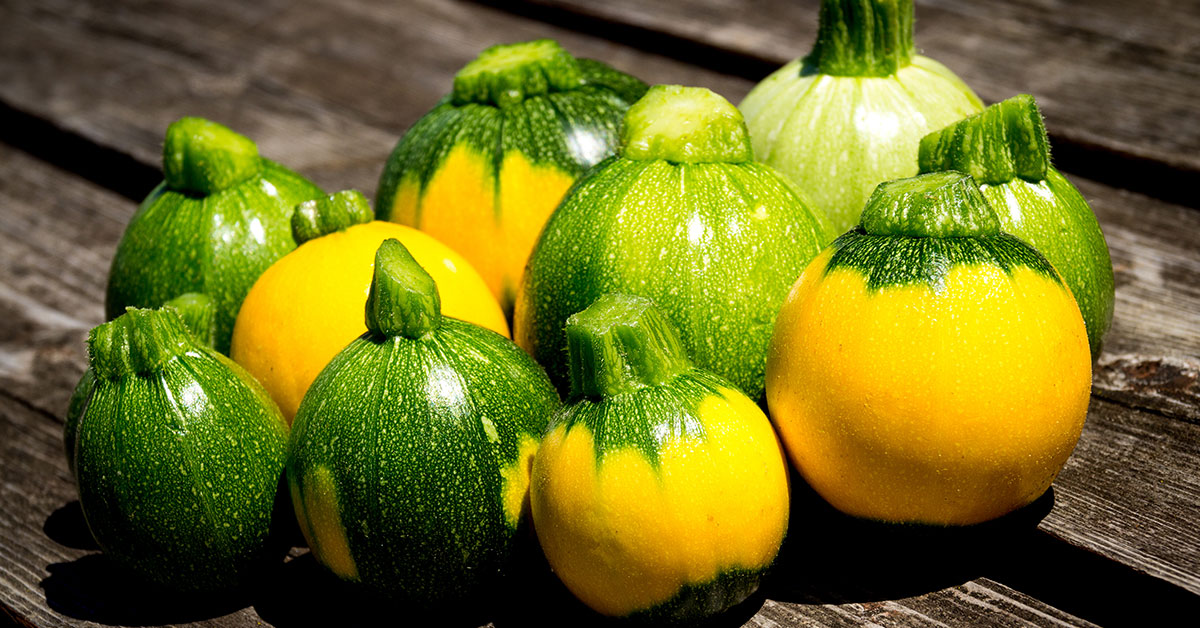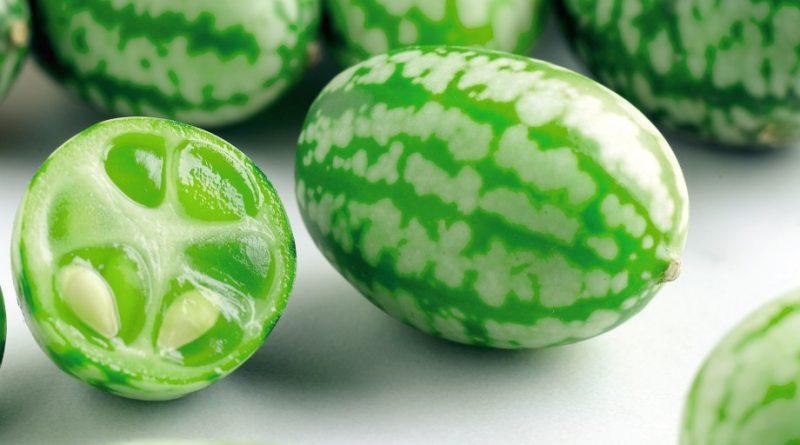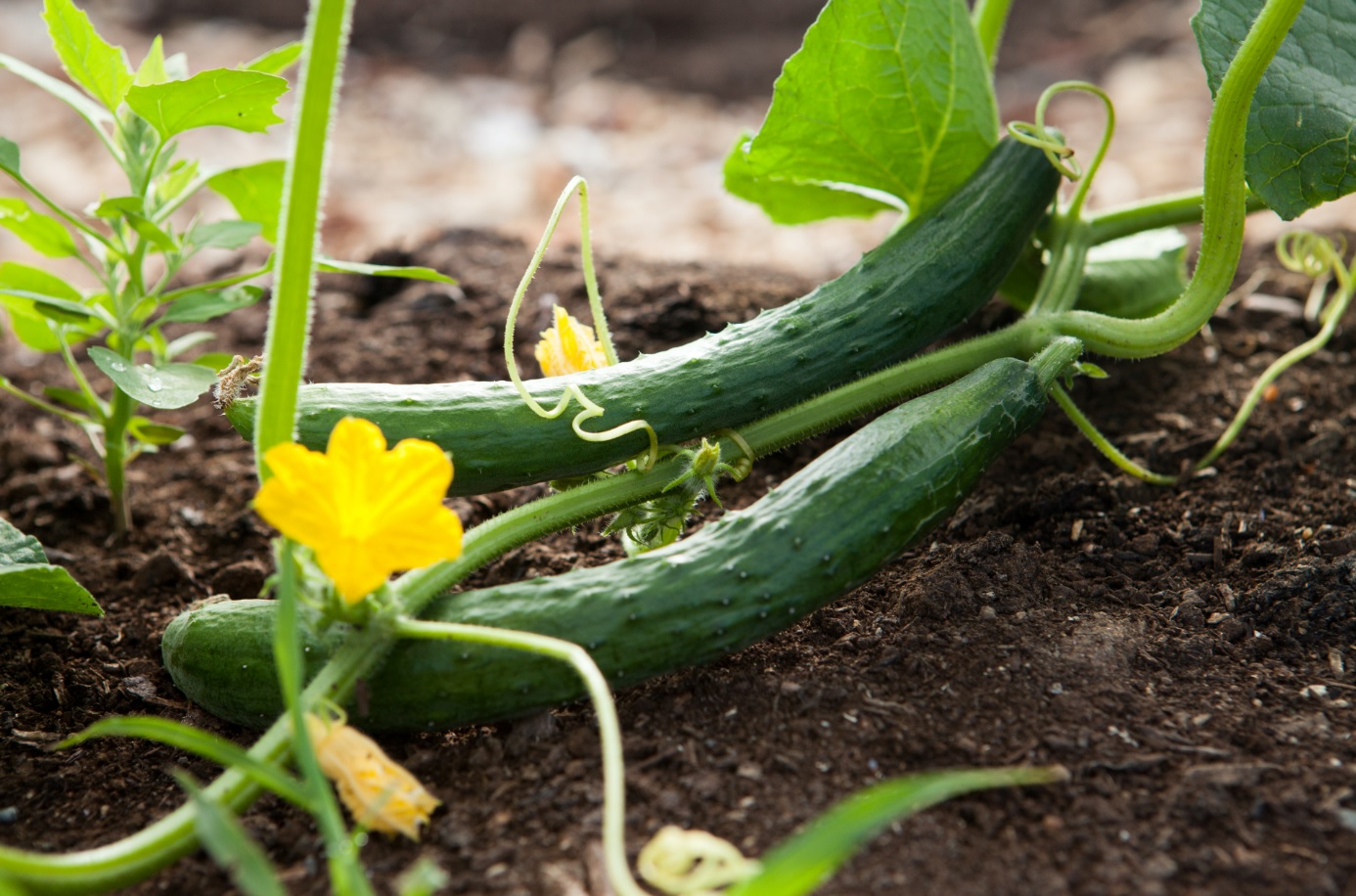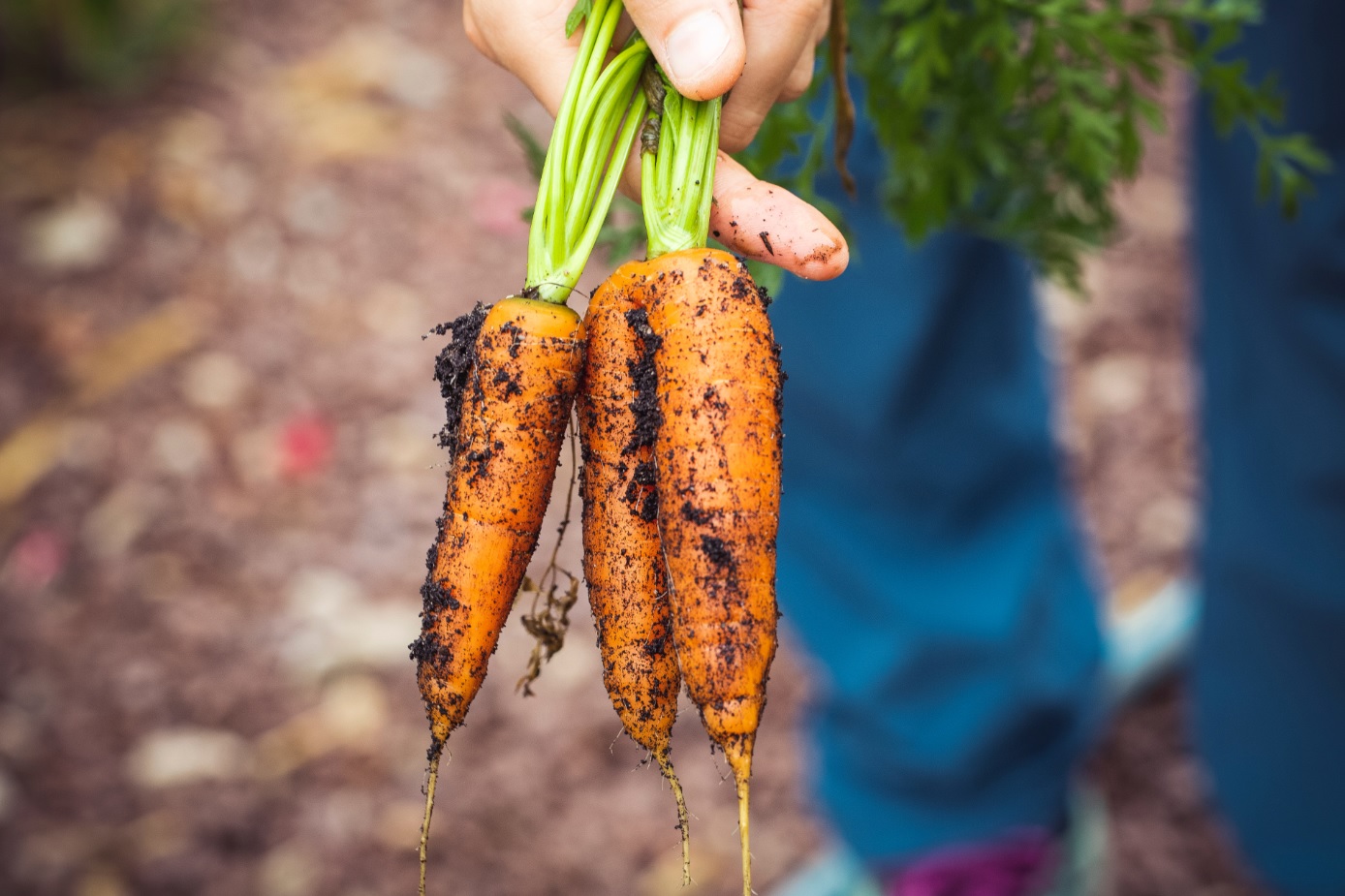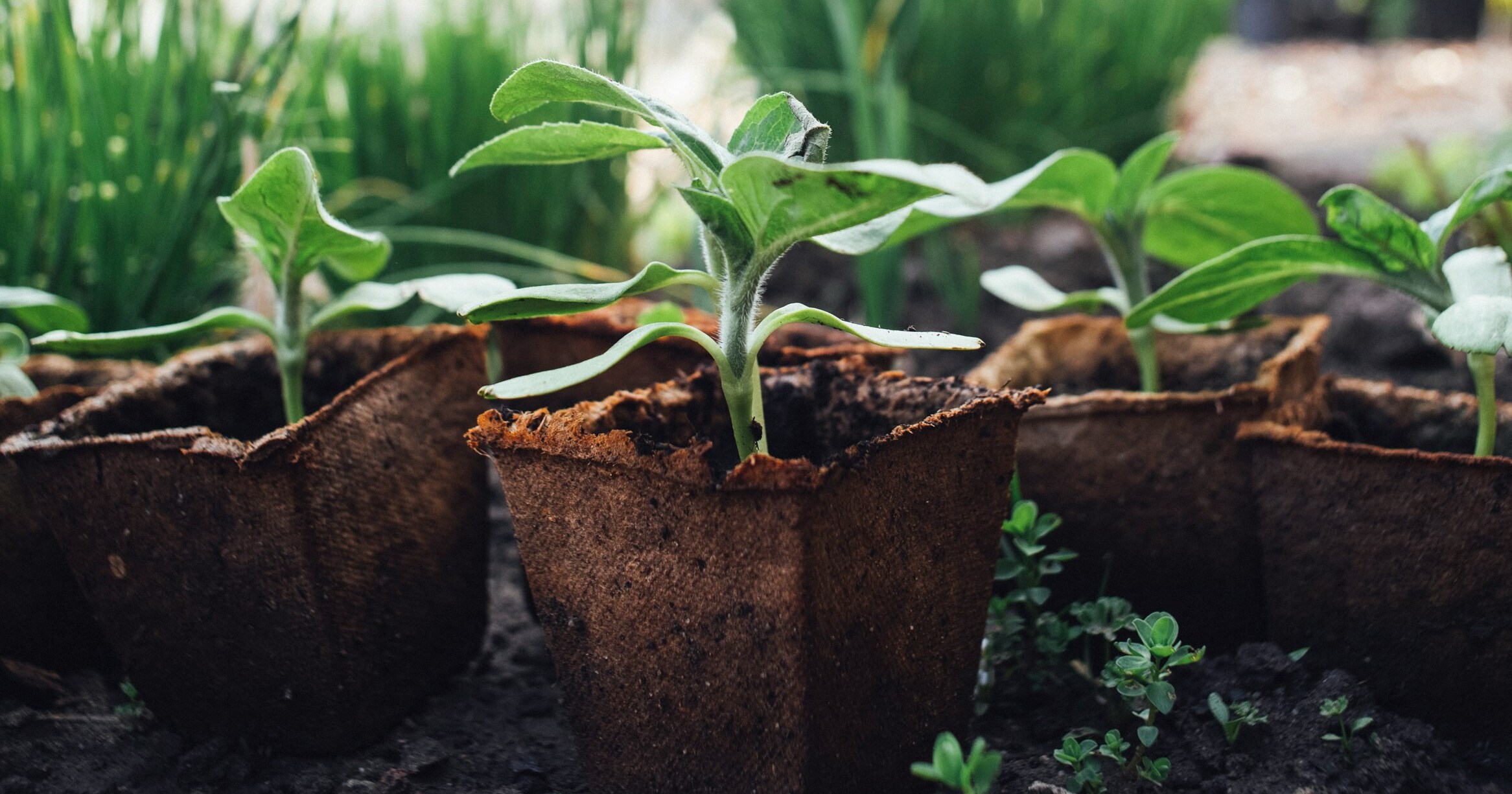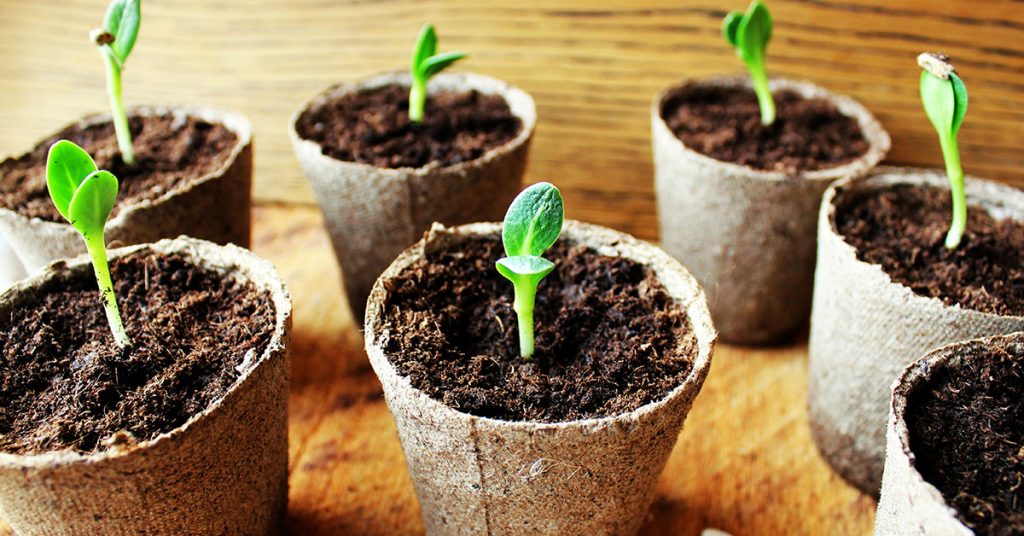Welcome to the world of lentils, a versatile and nutritious legume that has been cultivated for centuries. Whether you are a seasoned gardener or a beginner looking to embark on your gardening journey, lentils are an excellent addition to any garden. With their abundant health benefits, easy cultivation, and culinary versatility, the lentil is a must-have crop for any home gardener.
In this article, we will explore the fascinating world of lentils, from their origins and varieties to their planting and care requirements. Get ready to discover the joy of growing your own lentils and enjoying a bountiful harvest straight from your garden.
What is a Lentil?
A lentil is a small, lens-shaped legume that belongs to the family of pulses. It is widely cultivated and consumed around the world for its nutritional value and versatility in cooking. Lentils come in various colors, including green, brown, red, and black, and each variety has its own unique flavor and texture. Lentils are a rich source of plant-based protein, dietary fiber, and essential nutrients such as folate, iron, potassium, and vitamin B6.
They are also low in fat and cholesterol-free, making them a healthy addition to any diet, especially for vegetarians and vegans. When cooked, lentils have a tender yet slightly firm texture and a mild, earthy flavor. They are commonly used in soups, stews, curries, salads, and side dishes. Lentils can be cooked on their own or combined with other ingredients like vegetables, spices, and herbs to create delicious and nutritious meals. Lentils are relatively easy to cultivate and can be grown in a variety of climates. They are drought-tolerant and can thrive in well-drained soil.
Lentil plants typically have small, edible pods containing two seeds. These seeds are harvested once mature and dried for storage or immediate use. In summary, lentils are nutritious legumes that offer a wide range of health benefits. They are versatile in cooking, delicious, and a great addition to any well-balanced diet.
What does a Lentil taste like?
Lentils have a mild, earthy flavor that is slightly nutty. They have a versatile and comforting taste that pairs well with a variety of herbs, spices, and other ingredients. Cooked lentils have a soft yet slightly firm texture, making them enjoyable to eat. They absorb flavors well, making them a great addition to soups, stews, curries, salads, and many other dishes. Overall, lentils have a satisfying taste that is both hearty and wholesome.
How to start a Lentil from seed
Starting lentils is a relatively simple process that can be done in a few steps. Here’s a guide to help you get started:
- Choose the Right Lentil Variety: There are different types of lentils available, such as brown lentils, green lentils, red lentils, and more. Select the variety that suits your preferences and growing conditions.
- Prepare the Soil: Lentils prefer well-drained soil with a pH level between 6.0 and 7.5. Before planting, loosen the soil and remove any weeds or debris. It’s also beneficial to add organic matter like compost or well-rotted manure to enrich the soil.
- Sow the Seeds: Lentils can be sown directly into the garden or started indoors. If starting indoors, use biodegradable pots or seedling trays filled with seed-starting mix. Plant the seeds about 1 inch deep, spacing them 2-3 inches apart. If planting outdoors, sow the seeds directly into the prepared soil, keeping the same spacing.
- Provide Adequate Water: Lentils require regular watering, especially during their germination and early growth stages. Keep the soil evenly moist but not overly saturated. Avoid overhead watering, if possible, to prevent diseases.
- Provide Proper Sunlight: Lentils thrive in full sun. Make sure to plant them in an area that receives at least 6-8 hours of direct sunlight daily.
- Thin the Seedlings: Once the seedlings have emerged and grown a few inches tall, thin them out if they are overcrowded. Remove the weaker or excess seedlings, leaving the strongest ones with enough space to grow.
- Mulch and Weed Control: Apply a layer of organic mulch around the lentil plants to help retain moisture, suppress weed growth, and regulate soil temperature. Regularly remove any weeds that compete with the lentils for nutrients and space.
- Support for Vining Varieties: If you’re growing vining lentil varieties, such as French lentils, provide support like trellises or stakes to help them climb. This will prevent the plants from sprawling on the ground and improve air circulation.
- Fertilize if Needed: Lentils generally don’t require heavy fertilization. However, if your soil is nutrient-deficient, you can apply a balanced organic fertilizer during the early growth stages to support healthy development.
- Harvesting: Lentils are ready to harvest when the pods turn dry and brittle. The plants will typically start to yellow and die back. Remove the entire plant and hang it upside down in a dry, well-ventilated area to further dry the pods. Once fully dry, thresh the pods to remove the lentils.
Remember, lentils are cool-season crops and prefer temperatures between 60-70°F (15-21°C). They can be susceptible to pests like aphids, bean beetles, or fungal diseases, so keep an eye out for any signs of damage and take appropriate measures if needed.
Planting and growing Lentils
Here are the steps for planting and growing lentils:
- Select a suitable location: Lentils prefer full sun and well-draining soil. Choose a spot in your garden that receives at least 6-8 hours of direct sunlight per day.
- Prepare the soil: Clear the planting area of any weeds or debris. Loosen the soil to a depth of about 6-8 inches using a garden fork or tiller. Remove any large rocks or clumps of soil.
- Amend the soil: Lentils prefer slightly alkaline soil with a pH level between 6.0 and 7.5. If your soil is acidic, add some dolomite lime or wood ash to raise the pH level. Incorporate organic matter such as compost or well-rotted manure to improve soil fertility and drainage.
- Sow the seeds: Lentils are usually direct-sown in the garden. Make shallow furrows or drill rows about 1 inch deep, spaced approximately 12-16 inches apart. Sow the seeds evenly along the furrows, leaving about 1-2 inches of space between each seed. Cover the seeds with soil and gently firm it down.
- Watering: After sowing, water the area thoroughly to ensure the soil is evenly moist. Lentils require consistent moisture, especially during flowering and pod development. Water deeply whenever the top inch of soil feels dry, but avoid overwatering to prevent waterlogging.
- Provide support (optional): Some varieties of lentils may benefit from support, especially if they have vining or sprawling growth habits. You can install trellises or stakes to help the plants climb and prevent them from sprawling on the ground.
- Weed control: Regularly check your lentil plants for weeds and remove them promptly. Weeds compete with the plants for nutrients, water, and sunlight, so keeping the area weed-free will help ensure healthy lentil growth.
- Fertilization: Lentils are generally low-maintenance and do not require heavy fertilization. However, if your soil is lacking in nutrients, you can apply a balanced, slow-release fertilizer during planting or side-dress with compost or well-rotted manure halfway through the growing season.
- Harvesting: Lentils are ready for harvest when the pods turn yellow or brown and the seeds inside are fully developed. Gently pull the whole plant out of the ground or cut the stalks near the base. Allow the plants to dry in a well-ventilated area for a couple of weeks. Once dry, thresh the plants to separate the seeds from the pods.
- Storage: Store the lentil seeds in a cool, dry place in airtight containers. They can be stored for a year or longer if kept properly.
Remember to consult the specific instructions provided by the seed supplier or refer to the particular lentil variety you are growing, as some varieties may have specific requirements.
When to harvest Lentils
The best time to harvest lentils is when the plants have reached maturity and the pods have turned yellow or brown and are dry and brittle. This usually occurs between 90 to 110 days after planting, depending on the variety and growing conditions. To determine if the lentils are ready for harvest, you can shake the plants gently and if the seeds rattle inside the pods, they are likely ready. It’s important to monitor the plants closely during this time as leaving them on the plant for too long can result in seed shattering and loss.
